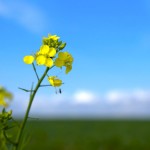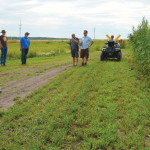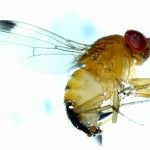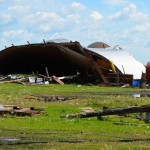The Canola 100 Agri-Prize for the first to achieve 100-bushel canola makes for an interesting challenge. Despite a favourable lingering PR image as the “Cinderella crop,” a look at the numbers suggests canola is showing signs of middle age. A few patches in a good growing year might even approach 80 to 90 bushels now,



 News & Opinion
News & Opinion








